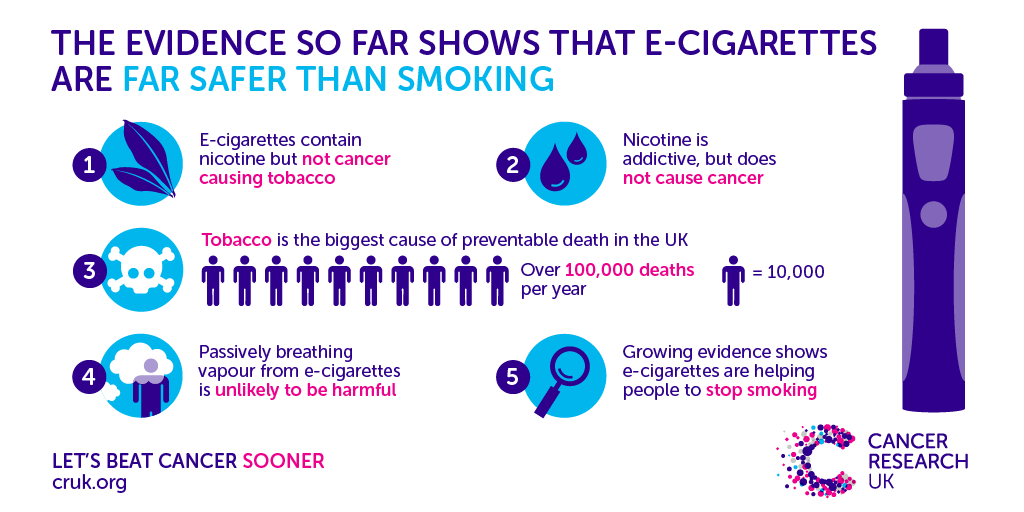Research on electronic cigarettes (e-cigarettes) is a dynamic and evolving field, encompassing a wide range of scientific disciplines. The primary goals are to understand their health impacts, their efficacy as smoking cessation tools, and their appeal to various populations, particularly youth.
Health Effects and Toxicology
A significant portion of research focuses on the short-term and potential long-term health effects of e-cigarette use. While generally considered to expose users to fewer toxicants than combustible cigarettes, e-cigarette aerosols are not harmless.

Key areas of investigation include:
- Cardiovascular Effects: Studies examine impacts on heart rate, blood pressure, endothelial function, and oxidative stress. Some research suggests acute adverse cardiovascular changes.
- Respiratory Effects: Investigations into lung function, airway inflammation, and the potential for conditions like chronic bronchitis or EVALI (e-cigarette or vaping product use-associated lung injury) are ongoing. The presence of flavorings, propylene glycol, and vegetable glycerin in aerosols and their effects upon heating and inhalation are scrutinized.
- Carcinogens and Toxicants: Analyses of e-liquid and aerosol components identify various potentially harmful substances, including volatile organic compounds (VOCs), carbonyl compounds (e.g., formaldehyde, acetaldehyde), and heavy metals. Levels are typically lower than in tobacco smoke but are not negligible.
- Nicotine Addiction: The high efficiency of nicotine delivery in many modern e-cigarettes contributes to a high risk of addiction, especially concerning for non-smokers and young users. Research also explores the impact of different nicotine forms (e.g., nicotine salts vs. freebase nicotine).
- Cellular and Molecular Impacts: In vitro and animal studies investigate the effects of e-cigarette aerosol exposure on cellular pathways, DNA damage, and inflammatory responses.
Smoking Cessation and Harm Reduction
The role of e-cigarettes in smoking cessation is a contentious area of research. Some studies suggest they can help adult smokers quit combustible cigarettes, potentially more effectively than some traditional nicotine replacement therapies (NRTs) when combined with behavioral support.
Points of focus include:
- Efficacy Studies: Randomized controlled trials (RCTs) and observational studies compare quit rates among smokers using e-cigarettes versus other cessation methods or no aid.
- Dual Use: A common pattern observed is dual use, where individuals use both e-cigarettes and combustible cigarettes. Research investigates whether dual use leads to overall harm reduction or maintains addiction and smoking behaviors.
- Harm Reduction Potential: For adult smokers unable or unwilling to quit nicotine, switching completely to e-cigarettes could reduce exposure to many tobacco smoke toxicants. However, the long-term net public health impact is still debated.
Youth and Young Adult Uptake
A major public health concern is the alarming rate of e-cigarette use among youth and young adults who have never smoked. Research in this area is critical for informing prevention strategies.
Key research themes:
- Gateway Effect: Studies explore whether e-cigarette use among non-smoking youth increases their likelihood of initiating combustible cigarette smoking.
- Flavorings and Marketing: The impact of fruit, candy, and mint/menthol flavors on product appeal and initiation among young people is extensively researched. Marketing strategies, including social media campaigns, are also examined.
- Perception of Harm: Research investigates how young people perceive the risks associated with e-cigarette use compared to traditional cigarettes and other substances.
Secondhand Aerosol Exposure
While e-cigarette aerosol typically contains fewer harmful constituents than secondhand tobacco smoke, it is not merely “water vapor.” Research examines the composition of exhaled aerosol and its potential health effects on bystanders.
Areas of study:
- Aerosol Composition: Analysis of particulate matter, nicotine, VOCs, and other chemicals in exhaled e-cigarette aerosol.
- Exposure Levels: Measurement of airborne contaminants in environments where e-cigarettes are used.
- Potential Health Impacts: Studies on the effects of secondhand aerosol exposure on respiratory and cardiovascular health, particularly in vulnerable populations.
Ongoing research continues to refine our understanding of e-cigarettes, informing regulatory decisions and public health guidance. Long-term epidemiological studies are crucial to fully ascertain the chronic health consequences of e-cigarette use.










